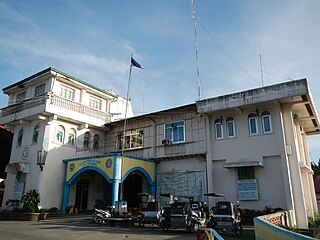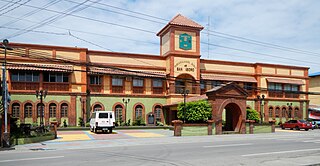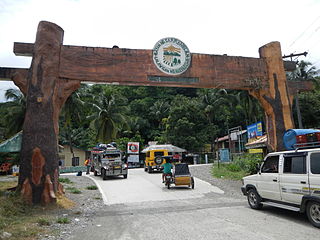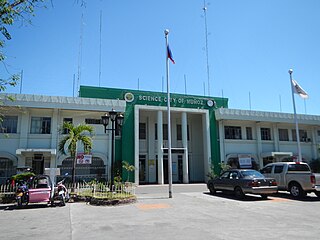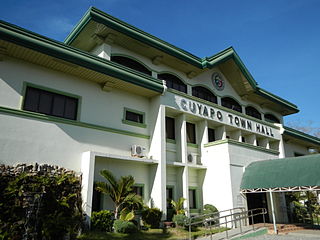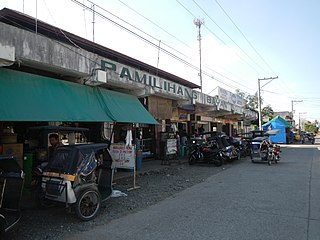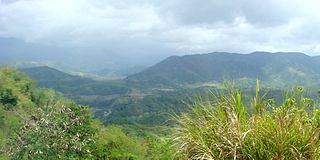Llanera | |
|---|---|
| Municipality of Llanera | |
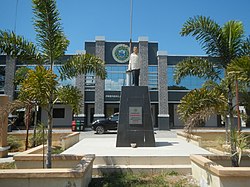 Municipal Hall & Administration Building | |
 Map of Nueva Ecija with Llanera highlighted | |
Location within the Philippines | |
| Coordinates: 15°39′45″N121°01′11″E / 15.6625°N 121.0197°E | |
| Country | Philippines |
| Region | Central Luzon |
| Province | Nueva Ecija |
| District | 2nd district |
| Founded | May 11, 1955 |
| Named for | Gen. Mariano Llanera |
| Barangays | 22 (see Barangays) |
| Government | |
| • Type | Sangguniang Bayan |
| • Mayor | Ronnie Roy G. Pascual |
| • Vice Mayor | Frank S. Natividad |
| • Representative | Micaela S. Violago |
| • Municipal Council | Members |
| • Electorate | 25,747 voters (2022) |
| Area | |
| • Total | 114.44 km2 (44.19 sq mi) |
| Elevation | 70 m (230 ft) |
| Highest elevation | 97 m (318 ft) |
| Lowest elevation | 53 m (174 ft) |
| Population (2020 census) [3] | |
| • Total | 42,281 |
| • Density | 370/km2 (960/sq mi) |
| • Households | 11,401 |
| Economy | |
| • Income class | 4th municipal income class |
| • Poverty incidence | 3.82 |
| • Revenue | ₱ 150.5 million (2020) |
| • Assets | ₱ 531.8 million (2020) |
| • Expenditure | ₱ 117.1 million (2020) |
| • Liabilities | ₱ 287.2 million (2020) |
| Service provider | |
| • Electricity | Nueva Ecija 2 Area 2 Electric Cooperative (NEECO 2 A2) |
| Time zone | UTC+8 (PST) |
| ZIP code | 3126 |
| PSGC | |
| IDD : area code | +63 (0)44 |
| Native languages | Ilocano Tagalog |
| Website | www |
Llanera, officially the Municipality of Llanera (Tagalog : Bayan ng Llanera, Ilocano: Ili ti Llanera), is a 4th class municipality in the province of Nueva Ecija, Philippines. According to the 2020 census, it has a population of 42,281 people. [3]
Contents
The town's economy is largely agricultural, with rice as the principal product. It is a land of plains with frew creeks a small dam and a river the only water bodies bisecting the plains. There are no mountain ranges in the municipality. Principal industry and commerce are related to the production of rice and rice products. Minor products include onion growing, cattle raising and vegetable production. The town also known for its "Banuar A Mannalon Festival" it is usually celebrated every first to second week of May.
The municipality is traversed by a national road leading to Aurora province. The municipality is bounded by the city of San Jose, the municipalities of Talavera, Rizal and Natividad.
Llanera is 23 kilometres (14 mi) from Cabanatuan, 37 kilometres (23 mi) from Palayan, and 139 kilometres (86 mi) from Manila.




